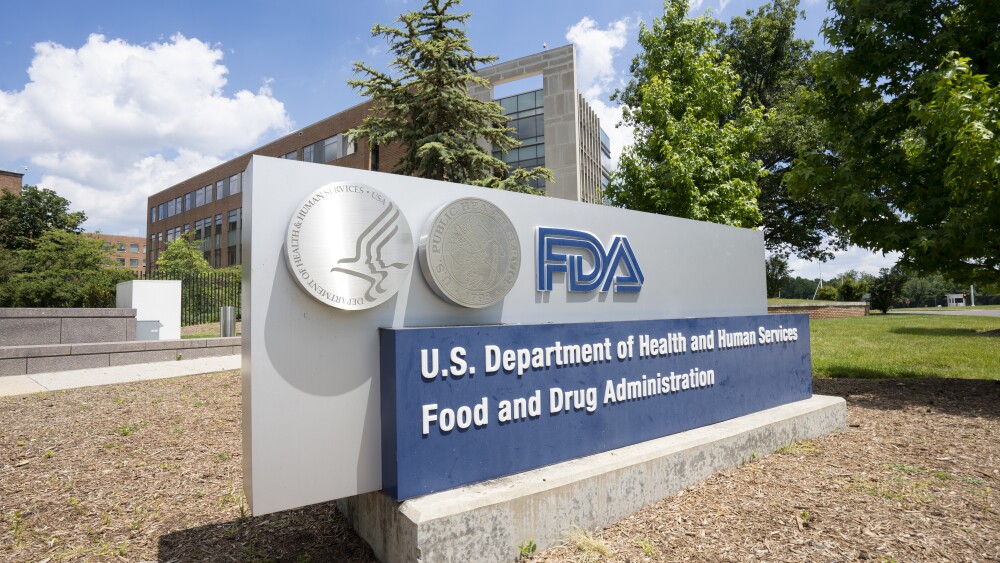The money will focus on a manufacturing plant in Virginia that will make the company’s weight management and metabolic drugs like the hypertension drug baxdrostat and oral GLP-1 therapies.
AstraZeneca will pump $50 billion into its U.S. operations over the next five years with the goal of expanding its manufacturing footprint and making the country account for half of its global revenue by 2030.
The pharma’s Monday announcement of the expansion comes as President Donald Trump’s planned tariffs on pharmaceutical imports loom. Last week, Trump revealed that these additional levies could hit as high as 200% and come as early as Aug. 1, though he also said that he’d give the industry around “a year, a year and a half” to adjust its supply chains. Completely relocating a drug’s production from one place to another usually involves a “3- to 4-year horizon,” Novartis CEO Vas Narasimhan noted Thursday during the pharma’s Q2 earnings call. Novartis made its own $23 billion U.S. pledge in April.
AstraZeneca’s domestic manufacturing push will be anchored by a production plant in Virginia that will focus on the pharma’s weight-management and metabolic products, including its hypertension drug baxdrostat and oral GLP-1 therapies. The Virginia facility, which will also be producing peptides and oligonucleotides, is slated to be AstraZeneca’s largest manufacturing investment in the world, as per the company’s news release.
The $50 billion investment will also help expand the pharma’s R&D site in Maryland and support the continuous expansion of its manufacturing operations in Indiana and Texas. In addition, the company is looking to construct an R&D center in Massachusetts and next-generation cell therapy production plants in Maryland and California.
All in all, AstraZeneca expects these investments to contribute to its 2030 revenue target of $80 billion, 50% of which it plans to generate in the U.S., according to its Monday release.
It is unclear when AstraZeneca expects to start and complete these projects, or how many new jobs it will create in the U.S.
Trump first made his threat of pharma tariffs during a closed-door meeting in February with several of the biggest industry personalities, including the CEOs of Pfizer, Eli Lilly and Merck. He has since escalated his threats and in April even opened a Section 232 investigation under the Department of Commerce into the national security implications of pharma imports.
In response to these threats, many of the industry’s biggest players have committed billions of dollars to beefing up their U.S. manufacturing operations. Most recently, Biogen on Monday unveiled a $2 billion package to expand its antisense oligonucleotide capabilities in the U.S.
Johnson & Johnson so far has revealed the heftiest domestic manufacturing initiative, with a $55 billion commitment in March, with Roche coming just behind—and tying with AstraZeneca—with a $50 billion pledge in April. Other major players such as Eli Lilly, Sanofi and Takeda have likewise announced U.S.-based investments.






